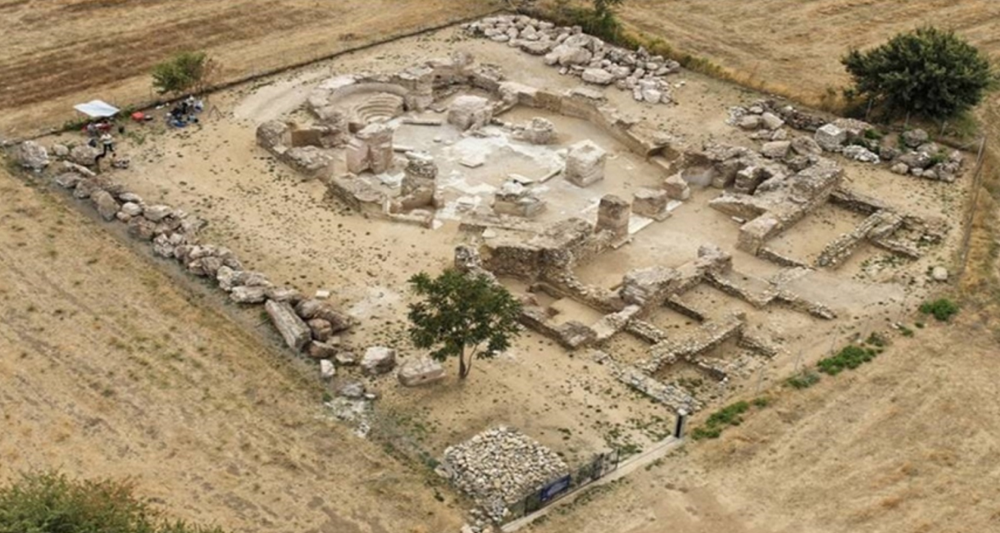
The Ministry of Culture is proceeding with the restoration and promotion of the peristyle temple at the archaeological site of Maximianopolis, an important city in Thrace, on the Rhodope plain.
The project focuses on four critical sections of the church: the marble iconostasis, the north arcade, the south arcade, and the southwest corner of the narthex. The main issues addressed are the moderate state of preservation and critical structural pathology of the monument, the loss of structural material, deformations, and instability.
The church had painted decoration, which survives fragmentarily and at a low height, as well as rich sculptural decoration (iconostasis, pulpit), part of which survives in the space. A number of burials dating from after the 11th century have been found inside the church. The city was completely destroyed after the invasion of Tsar John Kalogiannis. However, it was one of the most important urban centres of Thrace during the Byzantine period, along with Anastasioupolis-Peritheorio.
The Minister of Culture, Lina Mendoni, stated: “The historical significance of Maximianopolis is undeniable, despite the fact that it was completely destroyed and abandoned in the 13th century. Excavations at the central temple, in addition to important evidence and the distinctive features of a great monument, also revealed a developed settlement that produced rich examples of Byzantine glazed pottery. The project involves the restoration and enhancement of the monument, as well as the conservation of its wall paintings, floors, and marble elements. Organic parts of the church are being restored, such as the synthronon, the iconostasis, and the pulpit, while its accessibility is being improved. With the completion of the project, another important monument is added to the cultural map of Rodopi.”
The structural restoration work on the northern arcade includes protecting its frescoed sections, removing loose materials, and rebuilding the lost lower arch. Similar structural restoration, removal, filling, and partial reconstruction of the lost arch are also being carried out on the south arcade. In the southwest corner of the narthex, the work involves the removal of loose materials and the application of new ones. Based on the hydraulic study, rainwater runoff in the archaeological site is being managed, while according to the phytotechnical study, the monument is being effectively protected from spontaneous vegetation.
Maximianopolis (later Mosynopolis) was a fortified city in Aegean Thrace, near present-day Komotini, built on the site of the ancient settlement of Paesulae. It was founded by Emperor Maximinus and flourished from the 4th century AD, with strong walls and an important ecclesiastical role, as the seat of a bishop and later an autocephalous archbishopric. From the 7th to the 9th century, it developed into the center of the Byzantine theme of Volos. In the 11th century, the episcopal church was built with a rare irregular hexagonal shape, luxurious marble and sculpted decorative elements, as well as a baptistery. Excavations (1999–2008) revealed the monument, numerous burials, and finds of Byzantine pottery (12th–13th centuries).

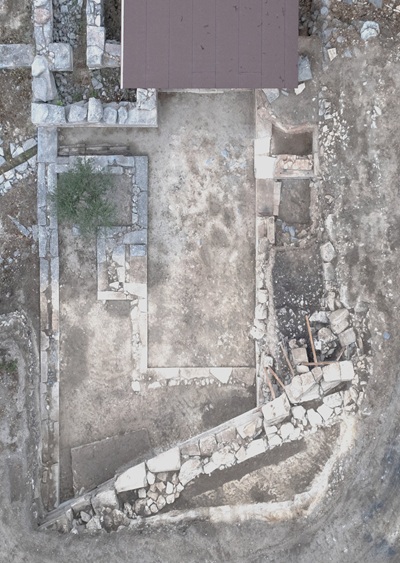
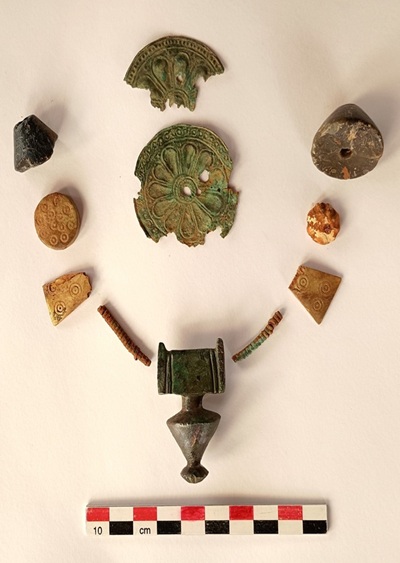
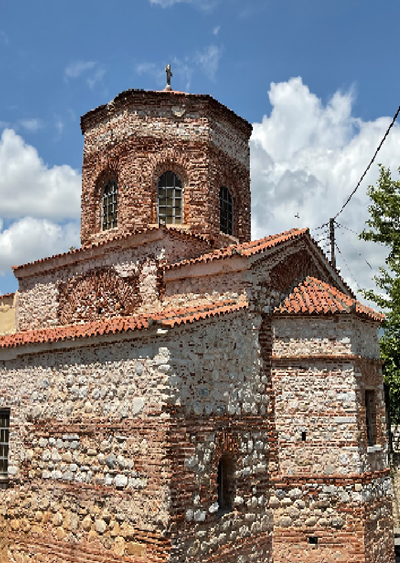
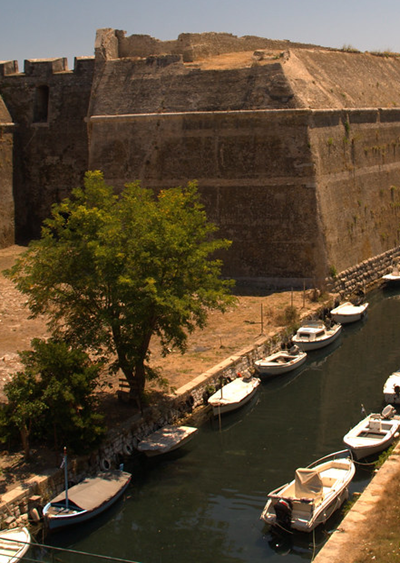


Leave A Comment